MAKE YOUR OWN CELL WITH SALT WORKING MODEL
SCIENCE LAB EQUIPMENT WORKING MODEL / SCIENCE EXHIBITION WORKING MODEL
5 in stock
Refund
Unfortunately, once an order is placed, there is no refund available. However, we do offer exchanges for defective or damaged items.
Due to the nature of our products and the potential for misuse or mishandling, we do not offer refunds. We believe in customer satisfaction and strive to provide quality exchanges for any issues that may arise.
If you have received a defective or damaged item, please contact our customer service team and they will assist you with the exchange process. Please note that exchanges are subject to availability and product conditions.
We do not offer refunds for change of mind purchases, but we do offer exchanges for valid reasons such as defects or damages.
Delivery
My Science Kart delivers orders through a reliable and efficient shipping service to ensure your products arrive safely and on time.
Yes, you can easily track your order from My Science Kart by using the tracking number provided to you once your order has been shipped.
If you have any issues with your order from My Science Kart, please contact our customer service team who will be happy to assist you and resolve any problems.
Payment
You can pay for your purchases on My Science Kart using various payment methods such as credit/debit cards, net banking, UPI’s and mobile wallets.
Yes, we use industry-standard encryption technology to protect your payment information and ensure that it is secure.
If you have any payment-related queries or issues on My Science Kart, you can contact our customer support team through the website or email us at support@mysciencekart.com.
MAKE YOUR OWN CELL WITH SALT
Creating a homemade battery, commonly known as a “saltwater cell,” is a fun and educational experiment. Here’s a simple way to make one:
**Materials Needed:**
1. Two different types of metal rods or strips (e.g., copper and zinc)
2. Salt
3. Water
4. Two containers (glass or plastic cups work well)
5. Multimeter (optional, for measuring voltage)
**Procedure:**
1. Fill each container with water.
2. Dissolve salt in one of the containers until no more salt will dissolve. This creates a saltwater solution.
3. Place one type of metal rod or strip in each container. Make sure the rods are of different metals (e.g., copper in one container and zinc in the other). These will serve as your electrodes.
4. Connect the two metal rods with a wire. You can use alligator clips or simply wrap wire around each rod.
5. Wait for a few moments, and you should start to see bubbles forming on the electrodes.
6. If you have a multimeter, you can measure the voltage produced by your homemade cell.
**Explanation:**
When the two different metals (electrodes) are placed in the saltwater solution, a chemical reaction occurs at each electrode. This creates a flow of electrons from one electrode to the other through the wire, generating an electric current. The saltwater acts as an electrolyte, allowing ions to move between the electrodes, completing the circuit.
It’s important to note that the voltage and current produced by this homemade cell will be very low and may not be suitable for powering anything significant. However, it’s a great way to learn about the principles of electrochemistry and electricity. Always exercise caution when working with electricity and follow safety guidelines.
Precautions:
- Be careful when handling the metal strips and electrolyte solution, as they may be corrosive or conductive.
- Do not touch the metal strips while the cell is operating, as they may become hot or produce electrical shocks.
Conclusion:
Making your own cell with salt is a simple and educational experiment that demonstrates the principles of electrochemistry and electrical energy generation. By using common household materials, you can create a basic battery and explore the fascinating world of electricity and chemistry.
| Weight | 0.5 kg |
|---|---|
| Dimensions | 25 × 25 × 5 cm |
You must be logged in to post a review.
Q & A
Related Products
MAGNETIC FIELD DUE TO CIRCULAR COIL WORKING MODEL
- ✓ 100% Quality products
TOTAL INTERNAL REFLECTION WORKING MODEL
- ✓ 100% Quality products
OPTICAL BENCH FOR CONCAVE MIRROR /or OPTICAL BENCH FOR MEASURING OBJECT AND IMAGE DISTANCE BY USING CONCAVE MIRROR WORKING MODEL
- ✓ 100% Quality products
REFRACTION THROUGH GLASS SLAB AND REFRACTIVE INDEX OF THE GLASS SLAB WORKING MODEL
- ✓ 100% Quality products
MULTIMETER
- ✓ 100% Quality products
ELECTRIC SHOCK WORKING MODEL
- ✓ 100% Quality products
SERIES CONNECTION OF RESISTORS WORKING MODEL
- ✓ 100% Quality products
THE RELATION BETWEEN ANGLE OF INCIDENCE AND AND ANGLE OF REFRACTION WORKING MODEL
- ✓ 100% Quality products
Product categories
- Circuits & Projects 233
- My Science Kart 665
- Raw Materials For Projects & Lab Equipments 381
- Science Exhibition 516
- Science Exhibition Projects & Working Models 344
- Biology Science Exhibition Projects & Working Models 31
- Chemistry Science Exhibition Projects & Working Models 12
- Mathematics Science Exhibition projects & Working Models 7
- Physics Science Exhibition Projects & Working Models 129
- Robotics Science Exhibition Projects & Working Models 23
- Social Science Exhibition Projects & Working Models 20
- Science Lab Equipments With Working Models 363
Cart
TRULY INDIAN EDUCATION BRAND
Over 10,000+ Happy Customers
My Science Kart
Address:- Ground floor, Lakshmi Nagar, D.No:- 40-1/1-5, PVP Mall Backside, Mogalrajapuram, Labbipet, Vijayawada, Andhra Pradesh 520010
7673977997, 0866-3543677
mysciencekart@gmail.com
Categories
MAP
© My Science Kart 2024, Designed & Developed By Synfocy Tech Solutions




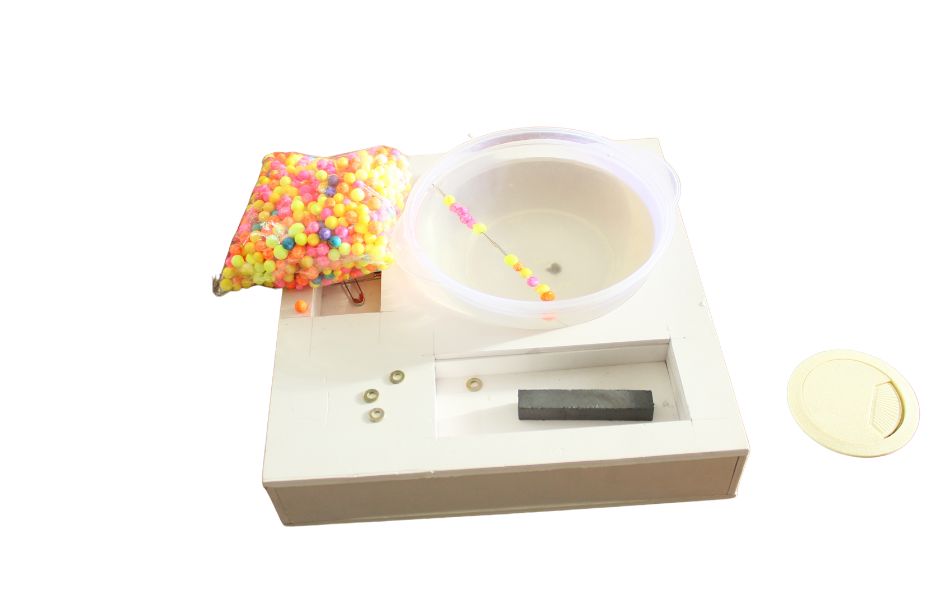






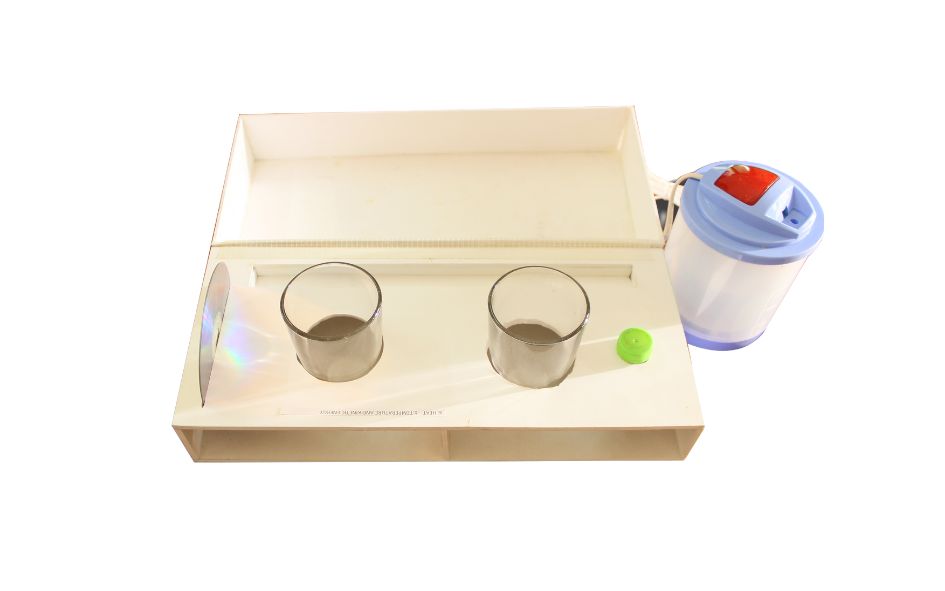

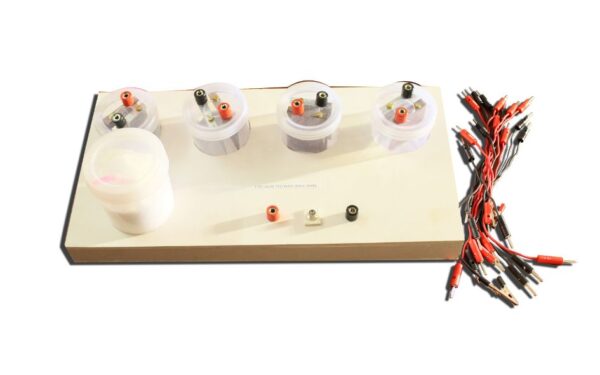
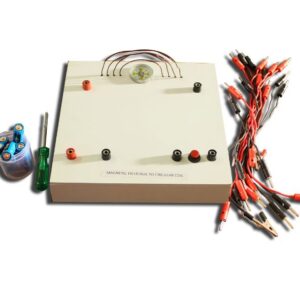





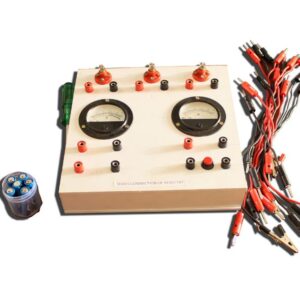

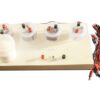
Reviews
There are no reviews yet